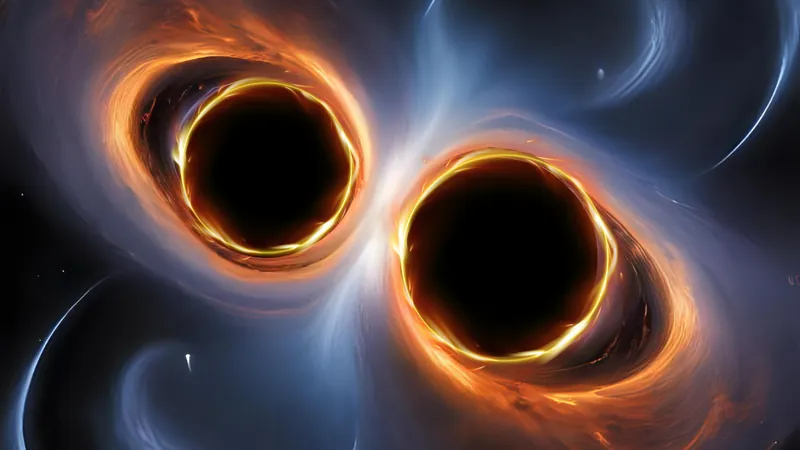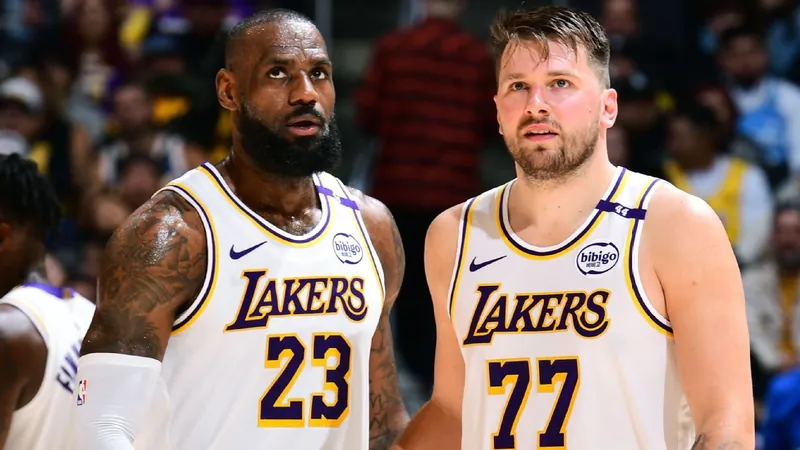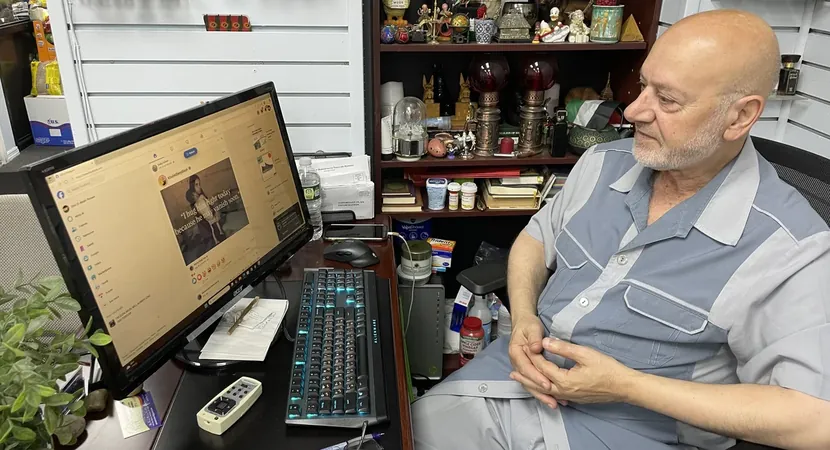
Mind-Blowing Discovery: The Most Massive Black Hole Merger Ever Recorded!
2025-07-14
Author: Ting
A Cosmic Collision Like No Other
In a groundbreaking revelation, scientists have uncovered the largest black hole merger ever detected, a cosmic event that has sent shockwaves through our understanding of the universe! This monstrous collision, which emitted gravitational waves—ripples in spacetime—has implications that could upend existing astrophysical models.
A Historic Detection
The awe-inspiring merger was identified by the LIGO-Virgo-KAGRA (LVK) network on November 23, 2023, during its fourth observing run. This collaboration spans laser interferometers located in the U.S., Italy, and Japan.
Gigantic Black Holes in Action
Designated as GW231123, the event involved two progenitor black holes with astonishing masses of 100 and 140 times that of our sun. When these giants merged, they birthed a 'daughter' black hole that weighed a staggering 225 times the mass of the sun! The energy released during this cataclysm converted a significant amount of mass into gravitational waves that resonated throughout space.
Breaking Records and Challenging Theories
Prior to this, the record for the heaviest black hole formed in a merger was 140 solar masses, marked by the 2021 event GW190521. Mark Hannam, an LVK collaboration member from Cardiff University, highlighted the perplexing nature of this new discovery, suggesting that such massive black holes defy standard stellar evolution theories. Could they have formed from the mergers of smaller black holes?
Spinning at the Limits of Physics!
What adds another layer of intrigue to GW231123 is the rapid spin of at least one of its progenitor black holes—twirling near the limits permitted by Einstein's theory of relativity. Charlie Hoy from the University of Portsmouth remarked, "The black holes' rapid spins complicate our modeling and understanding—pushing theoretical boundaries and offering exciting possibilities for future research."
A Legacy of Historical Discoveries
LIGO is no stranger to record-breaking achievements. Its twin detectors first made history in 2015 by detecting gravitational waves—exactly a century after Einstein's original prediction! Since then, LIGO has partnered with Virgo and KAGRA, resulting in more than 300 detected black hole mergers, with over 200 happening in just the latest observational run.
The Future of Gravitational Wave Astronomy
GW231123 is pushing the limits of our current technology and theoretical models, showcasing the vast potential of gravitational-wave astronomy. Sophie Bini, an LVK member from Caltech, remarked on how the complexity of these new discoveries will challenge researchers for years to come. Gregorio Carullo from the University of Birmingham expressed anticipation for the future: "Exciting times ahead!"



 Brasil (PT)
Brasil (PT)
 Canada (EN)
Canada (EN)
 Chile (ES)
Chile (ES)
 Česko (CS)
Česko (CS)
 대한민국 (KO)
대한민국 (KO)
 España (ES)
España (ES)
 France (FR)
France (FR)
 Hong Kong (EN)
Hong Kong (EN)
 Italia (IT)
Italia (IT)
 日本 (JA)
日本 (JA)
 Magyarország (HU)
Magyarország (HU)
 Norge (NO)
Norge (NO)
 Polska (PL)
Polska (PL)
 Schweiz (DE)
Schweiz (DE)
 Singapore (EN)
Singapore (EN)
 Sverige (SV)
Sverige (SV)
 Suomi (FI)
Suomi (FI)
 Türkiye (TR)
Türkiye (TR)
 الإمارات العربية المتحدة (AR)
الإمارات العربية المتحدة (AR)